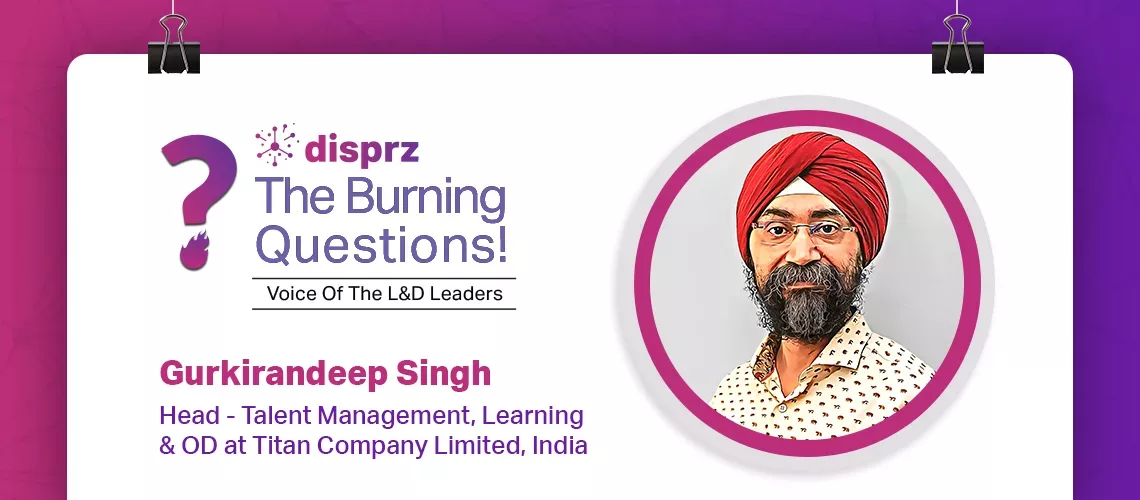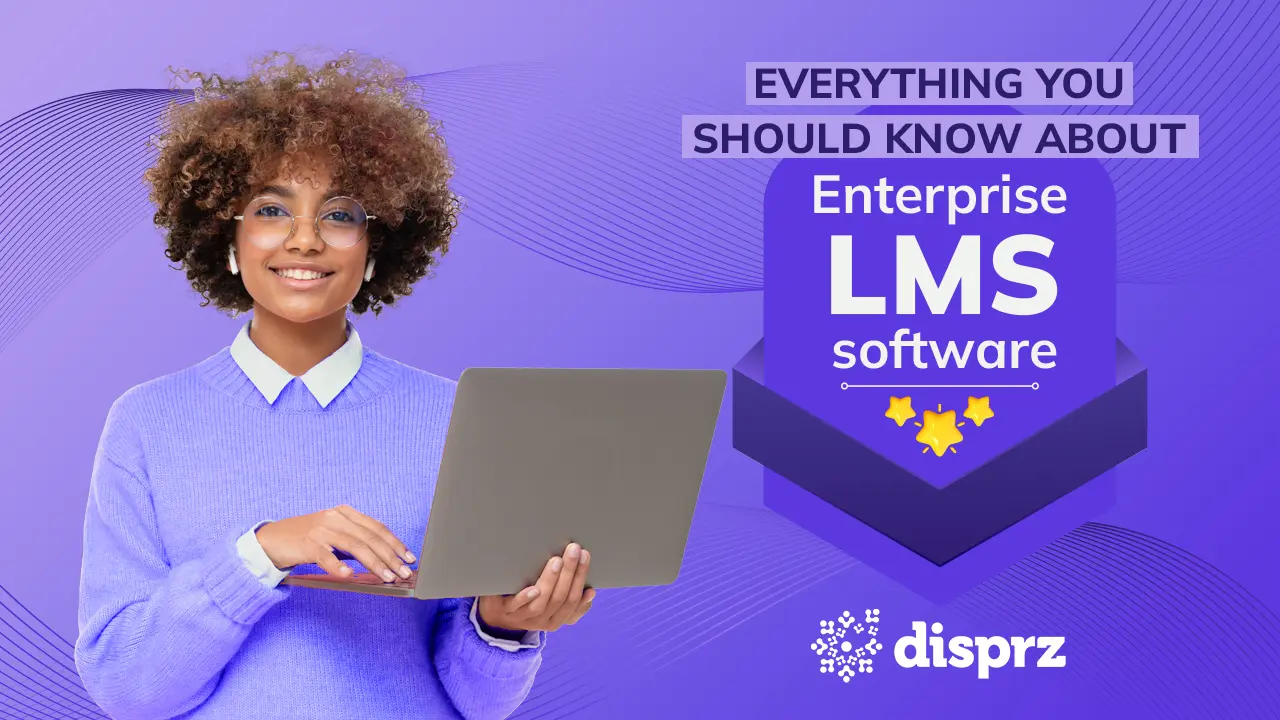
6 min read
• 15 May 2024
Elevate Corporate Capability with Blended Learning
Are you looking for a balanced approach to boost employee learning & development? Blended learning is the approach you want to consider. Read more!
-
eBookEmployee Upskilling - A Detailed Blueprint For Building A Skills-Driven Learning Culture
In today’s fast-paced, ever-changing business environment, it has become critical for companies to focus on employee upskilling and reskilling. To effectively execute these learning strategies, it’s important to consider the right mix of technology, learning & development, and hands-on assignments to provide learners with the best possible learning experience for business growth.
L&D leaders have now shown strong inclination towards choosing blended learning as a method of upskilling and reskilling their employees. Blended learning gives your workforce the knowledge they need to succeed in their careers and adapt to the constantly shifting business environment. To create this meaningful learning experience, L&D professionals use enterprise learning experience platforms (LXP) to prepare the right blended learning strategy for their organization.
Let’s explore why blended learning is essential for employee training and development & the benefits that you can achieve with this strategy.
5 Benefits of Blended Learning
Many L&D professionals have used blended learning as their training strategy for a few years now; for instance, one of the largest integrated, own-brand watch manufacturers in the world, Titan’s CHRO vouches for the transformative power of blended learning. Gurkirandeep Singh, Head Talent Management, Learning & Organizational Development at Titan, endorses it as a highly effective method for driving employee engagement, upskilling, and reskilling. This makes it a go-to choice for forward-thinking organizations looking to support their employee workforce’s professional development.
He emphasized that the digital revolution has made access to information and concepts easier than ever before. So the real value in corporate training now lies in providing learners with the right context, practice opportunities, and experience sharing to help them apply what they’ve learned in the workplace. He strongly believes that personalized blended learning journeys can be more effective by breaking them up into segments and using assessments and self-reflection to engage employees.
Here’s his interview sharing insights on how Titan implements this approach to train their workforce:
-
Allow learners to choose when and where to learn, allowing them to fit upskilling into the flow of work.
-
Scale your blended learning program to meet your organization’s unique needs, making a versatile and adaptable learning solution.
-
Achieve higher completion and lower dropout rates by offering a more interactive & engaging learning experience to keep employees motivated and invested in their professional development.
-
Improve transfer of learning by providing employees with opportunities to apply what they have learned in different contexts.
-
Save time and resources by allowing employees to complete some of their training online, which is more efficient than traditional training.
6 Steps To Plan a Blended Learning Journey
To make blended learning successful, it’s important to carefully plan the learning journey and break it down into segments. This allows learners to focus on one aspect of the learning at a time, and ensures that they have the necessary knowledge and skills to move on to the next stage of the journey.
Step 1
Assess your employees’ skills and knowledge to determine their knowledge gaps and needs.
Step 2
Identify the learning goals and objectives to help your employees achieve their career aspirations and support your organization’s mission and goals.
Step 3
Choose the right learning experience platform to support your blended learning program and provide the tools & features to manage & track employees’ progress.
Step 4
Develop a mix of learning activities to engage and motivate your employees, such as workshops, seminars, online courses, and hands-on projects.
Step 5
Provide ongoing support and resources to help employees stay on track & succeed in their learning journey to gain skills and competencies with access to subject matter experts, learning aids, and peer support.
Step 6
Evaluate the effectiveness of your blended learning program by collecting feedback from your employees and measuring their progress against the learning objectives.
By following these steps, you can create a blended learning program tailored to the needs of your employees and your organization, and that helps them in upskilling.
How Can The Disprz LXP Help You With Blended Learning?
The secret sauce to successfully execute blended learning for employee upskilling & reskilling is to provide learners with the right blend of concept-based content and real-world context to create a learning culture in your organization.
Disprz, an end-to-end enterprise learning and skilling suite, has helped a number of organizations to incorporate blended learning within their organization. For instance, Disprz helped a leading pharmacy retail chain in India use case employees to reduce in-class training by 2X in each store per month to boost employee performance.
Disprz’s AI-powered content recommendation engine helped the pharmacy retail chain to upskill their employee’s knowledge to ensure 80% completions of learning modules across stores with KPI-driven learning. This is just one example of how Disprz helped a company; you can reap the same benefits by implementing a blended learning approach to create an engaging and effective learning experience for your employees.
Explore how Disprz LXP can help your organization incorporate a blended learning approach for employee training & development.
About the author

Debashree Patnaik
Debashree is a seasoned content strategist at Disprz.ai, specializing in enterprise learning and skilling. With diverse experience in B2B and B2C sectors, including ed tech, she leads the creation of our Purple papers, driving thought leadership. Her focus on generative AI, skilling, and learning reflects her commitment to innovation. With over 6 years of content management expertise, Debashree holds a degree in Aeronautical Engineering and seamlessly combines technical knowledge with compelling storytelling to inspire change and drive engagement.
More Resources
Sign up to get free resources and stay up to date with Disprz!
Discover how Disprz can align learning and upskilling with your desired business outcomes.





